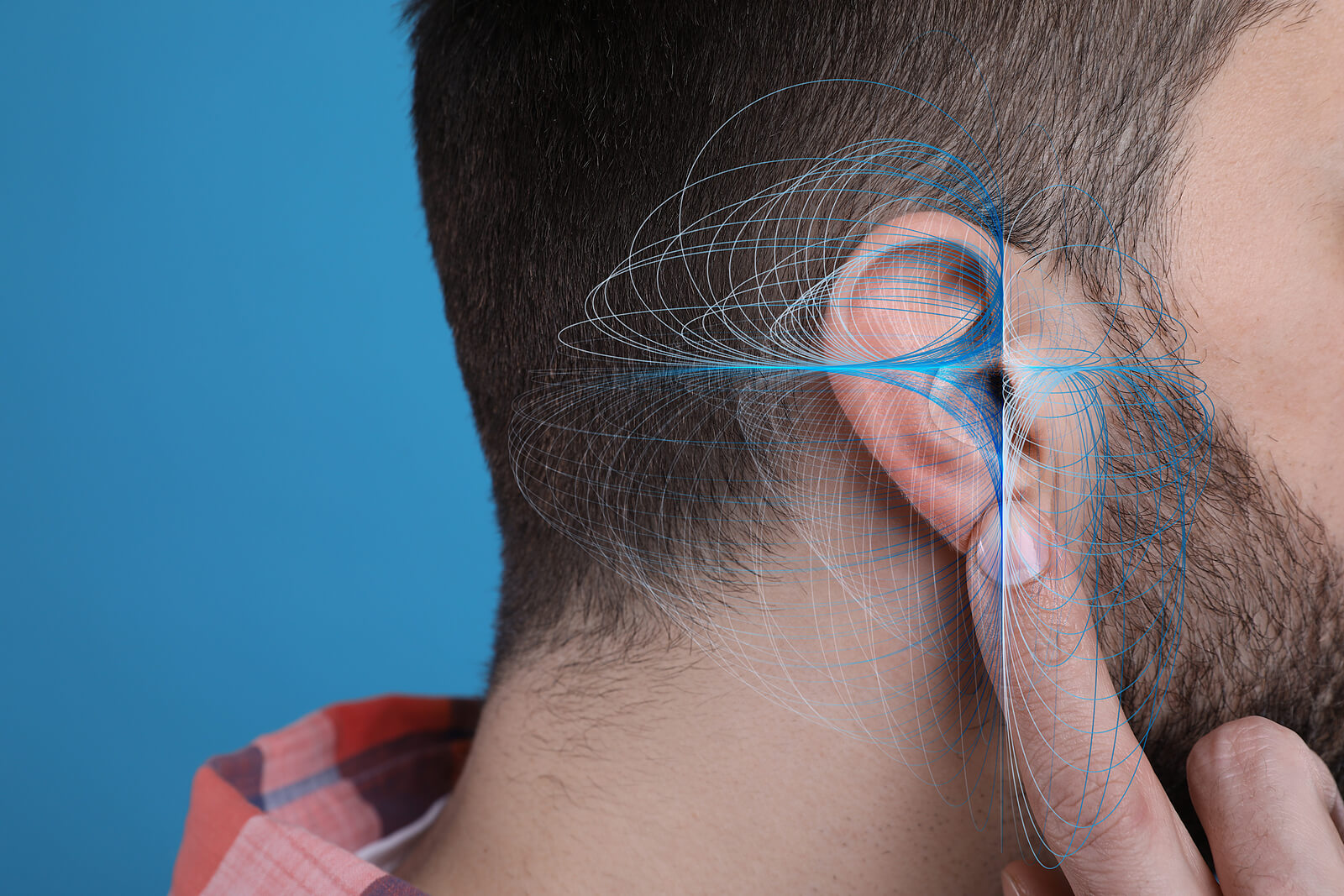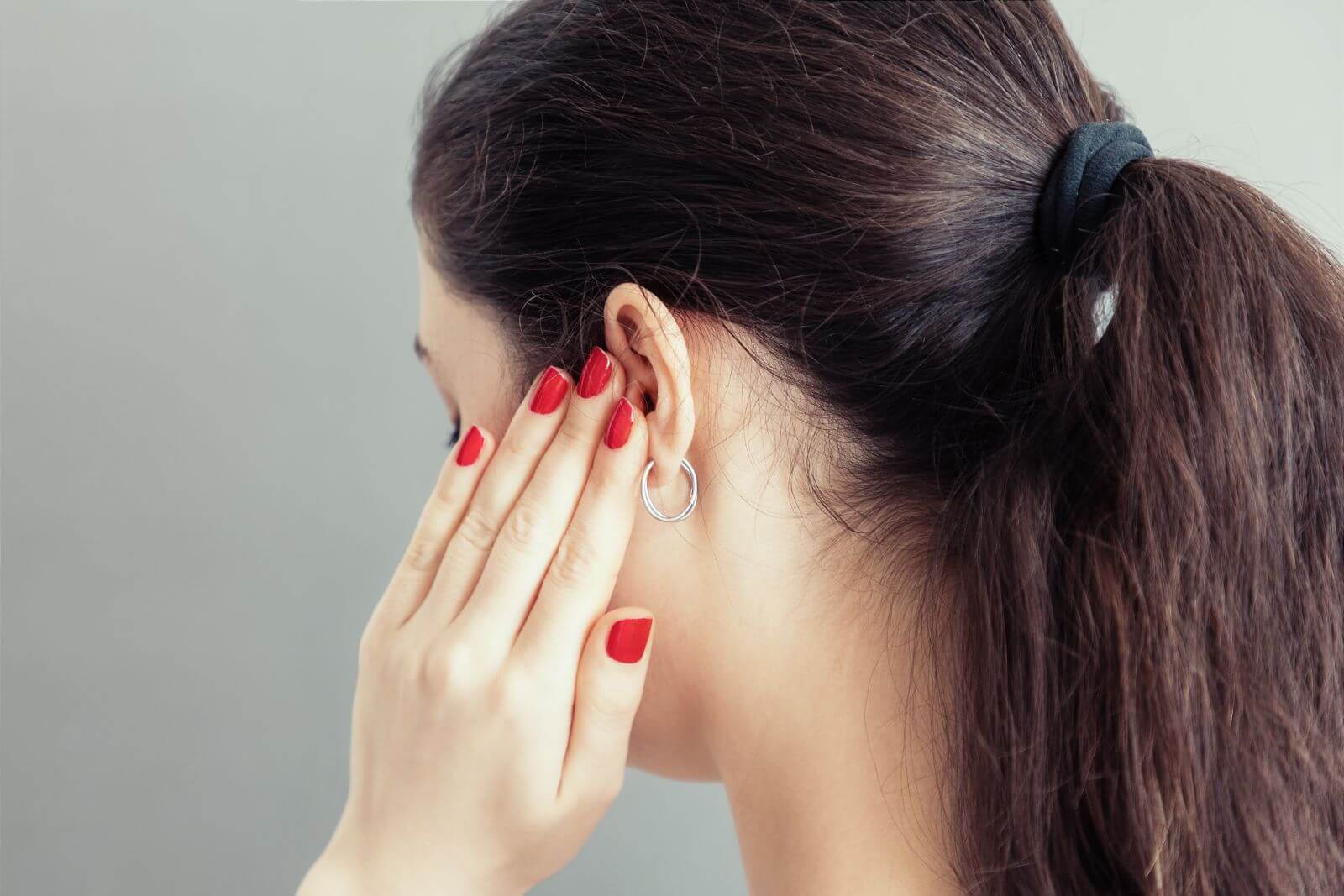Hearing Loss

Hearing Loss is the Third Most Common Medical Condition
Over 48 million people have some degree of hearing loss. Impacting nearly 1 in 6 people, hearing loss is the third most common medical condition people live with today. There is a range of factors that can contribute to temporary and permanent types of hearing loss which can also be experienced to varying degrees (mild to more profound). Fortunately, there are effective treatment options that alleviate symptoms and maximize hearing capacity. Treatment depends on the type of hearing loss you are experiencing: sensorineural, conductive, or mixed.
Types of Hearing Loss
There are three types of hearing loss. These types have different underlying causes and treatment options.
Sensorineural Hearing Loss
This is the most common type of hearing loss, accounting for 90% of cases of hearing loss that people experience. Sensorineural hearing loss occurs in the inner ear. Hair cells in the cochlea are damaged which prevents them from performing their essential function. These sensory cells convert incoming sound waves into electrical signals for the brain to process. Several factors can impair these cells including:
- Aging: known as presbycusis, age-related hearing loss impacts nearly half of all adults who are 75 and older.
- Loud noise: time or regular exposure to loud noise can desensitize hair cells in the inner ear.
- Medical conditions: extensive research shows that several medical conditions can cause sensorineural hearing loss. This includes diabetes, cardiovascular disease, and hypertension.
Other causes of sensorineural hearing loss include head injuries, inner ear disorders, and ototoxic medications. Because hair cells in the inner ear do not regenerate and there are no medical treatments to repair them, sensorineural hearing loss is permanent.

Conductive Hearing Loss
Conductive hearing loss occurs in the outer or middle ear. when there is a problem with sound reaching the inner ear. An obstruction prevents soundwaves from either being fully absorbed or traveling down the ear canal. The problem can be with the outer ear, ear canal, eardrum, or tiny bones (ossicles) in the middle ear. A few causes of conductive hearing loss are:
- Ear infections
- A perforated eardrum
- An accumulation of earwax in the ear canal
- Bone growths or deterioration of the middle ear bones
There are typically medical treatments that are used to repair the underlying issue, making conductive hearing loss temporary.

Mixed Hearing Loss
This third type is a combination of both sensorineural and conductive hearing loss. This means that there are issues in the outer or middle ear and the inner ear. Depending on the underlying source of the issue, mixed hearing loss can be temporary or permanent.

Hearing Loss Symptoms
Hearing loss symptoms typically occur gradually. Oftentimes, people do not immediately know they are experiencing hearing loss which can delay treatment. Common symptoms include:
- Tinnitus: a ringing, buzzing, or clicking-like noise in one or both ears.
- Sounds are muffled or distorted.
- Needing to increase the volume on the TV or other electronic devices.
- Struggling to keep up with conversations.
- Responding with “huh” or “what”.
- Frequently asking others to repeat what they’ve said or speak louder.
- Lip reading to help identify individual words.
- Moving to a quiet space to hear more clearly.
- Hearing better out of one ear compared to the other.
- Feeling confused during conversations, and experiencing miscommunication.
These symptoms strain communication which makes having conversations difficult. This often leads to avoiding communication as much as possible resulting in spending less time with others. Social withdrawal is a common effect of untreated hearing loss which impacts relationships and mental health. Untreated hearing loss can also increase health risks like cognitive decline, accidental injuries, and depressive symptoms. Recognizing these symptoms and intervening early can profoundly help your hearing health and quality of life.
Hearing Loss Diagnosis & Treatment
The first step towards treating hearing loss is having your hearing tested. Hearing evaluations are painless and measure hearing capacities in both ears. This identifies the type of hearing loss and degree of impairment you are experiencing. Once your hearing needs are established, a hearing healthcare specialist can tailor treatment to meet your hearing needs.
Hearing aids are the most common treatment for hearing loss. These electronic devices are designed to process speech as well as sound, providing the ears and brain with ample hearing support. Hearing aids alleviate symptoms and maximize hearing capacity, strengthening communication. This offers countless benefits including improving relationships, enriching social life, and boosting overall health and wellness.
